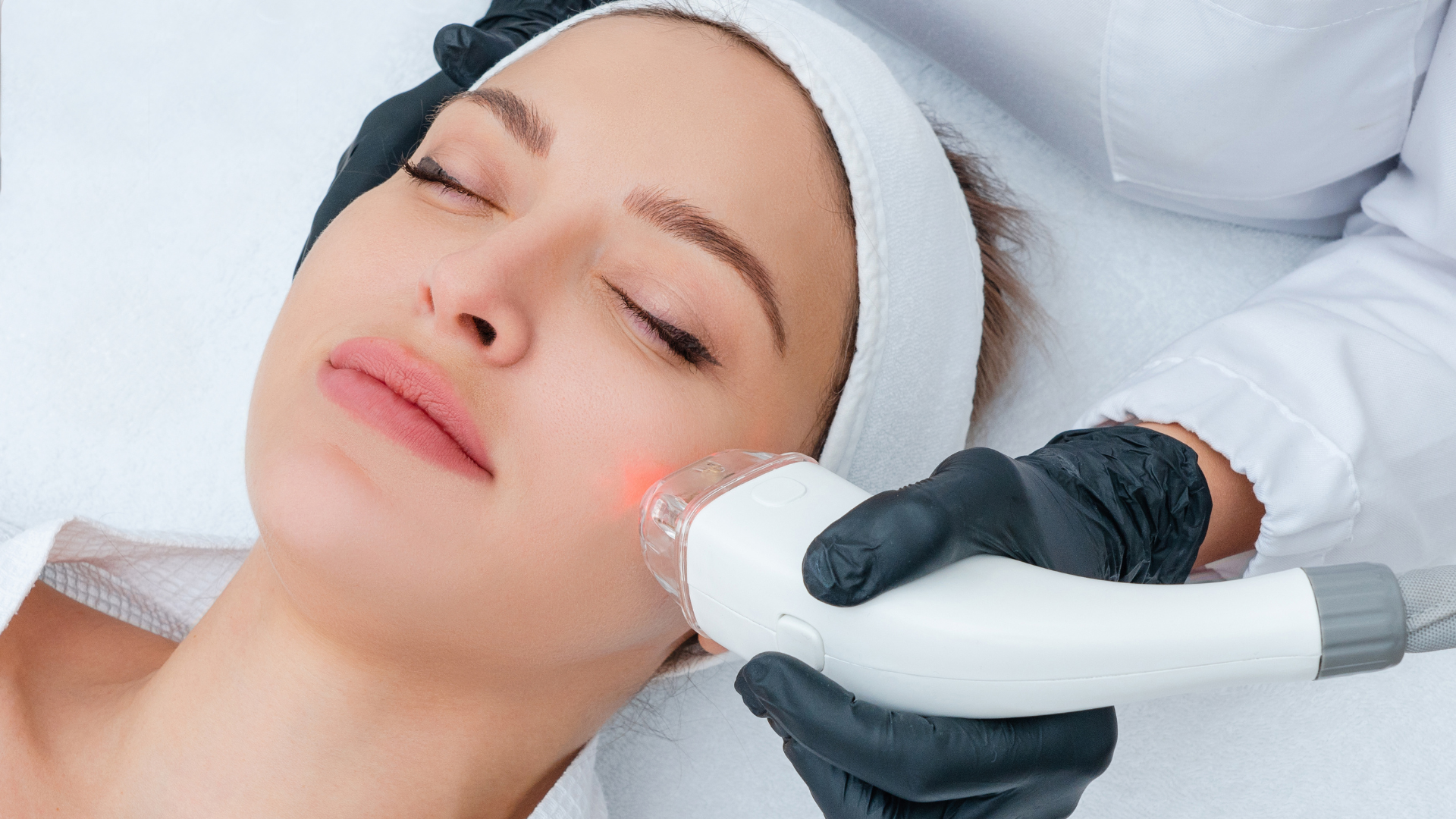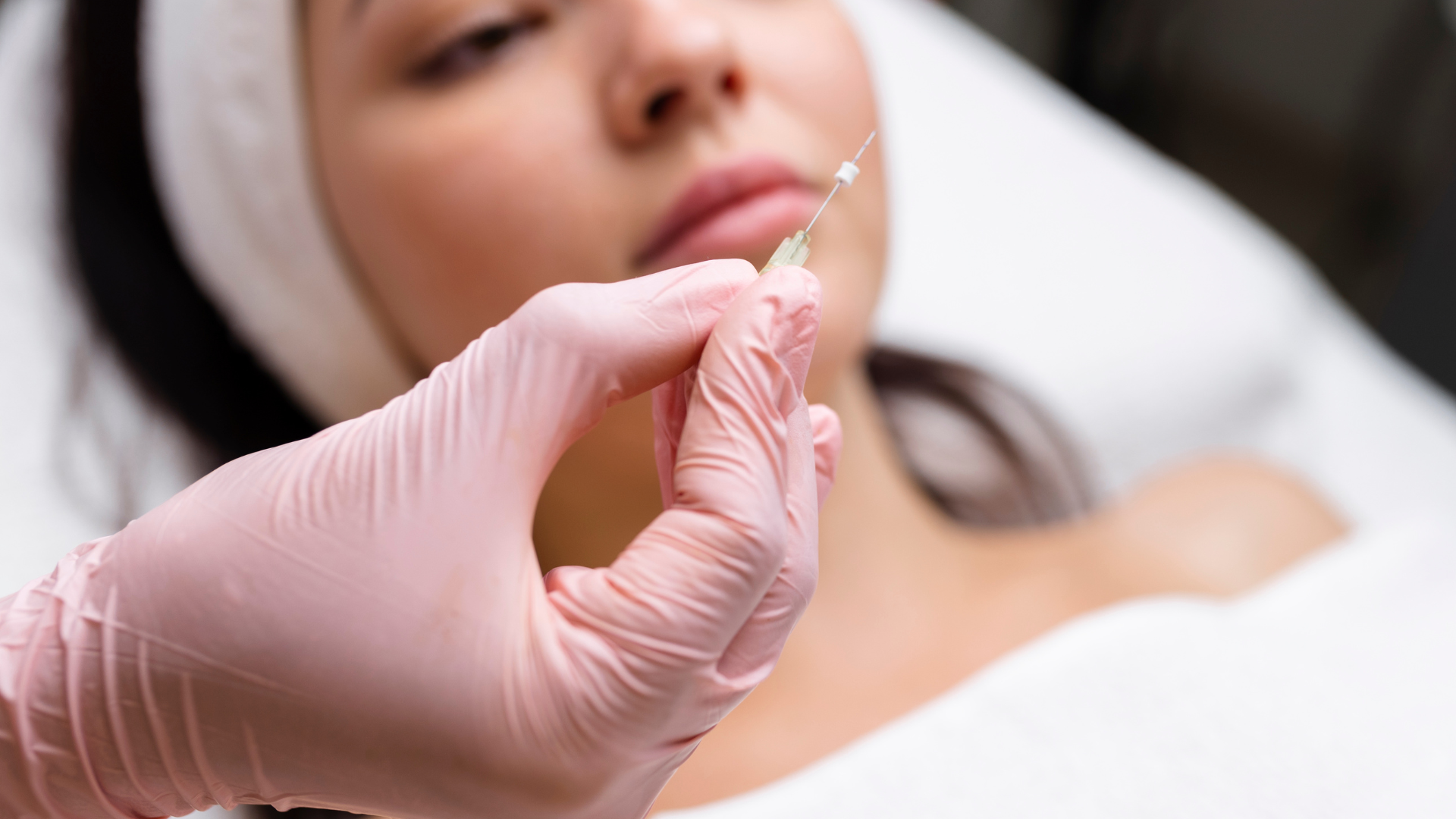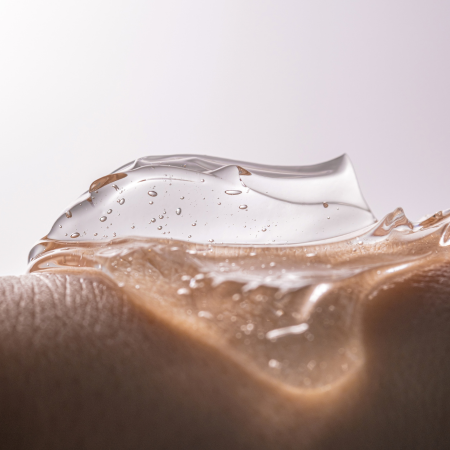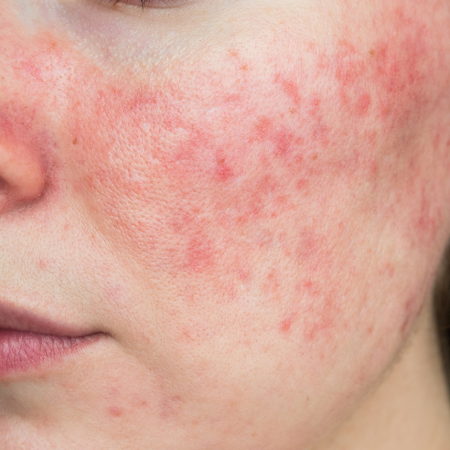PDO threads vs Other Skin Tightening Methods: A Comparison
PDO (polydioxanone) threads and other skin-tightening methods are aesthetic treatments designed to improve the appearance of the skin by addressing issues such as sagging, wrinkles, and loss of elasticity. Each method has its own unique characteristics, benefits, and considerations. Let's explore non surgical face lift with PDO threads and compare them with other popular skin-tightening treatments.

What Causes Loose Skin?
As you age, your skin undergoes changes that can lead to sagging. Here are key factors:
Decrease in Collagen and Elastin:
Proteins like collagen and elastin are essential for skin health and elasticity. Your body significantly slows down the production of these two proteins in your thirties, which is a major factor to sagging.
Loss of Fat and Volume: Reduction or loss in subcutaneous fat and facial volume results in thinner skin, especially in areas like the cheeks and around the eyes. Thinner skin is more susceptible to sagging and can emphasize the signs of aging.
Decreased Hydration:
Aging skin tends to become drier, losing its ability to retain moisture. Reduced hydration levels can emphasize wrinkles and fine lines.
Sun Damage:
Exposure to UV rays accelerates aging by damaging collagen and elastin fibers. Protecting your skin from the sun helps prevent premature sagging.
Lifestyle Choices:
External factors and lifestyle choices can accelerate the aging process. Poor eating habits and lack of proper nutrition can affect skin health. Smoking, in particular, is linked to collagen breakdown and decreased blood flow.
Facial Expressions:
Repetitive facial expressions and muscle movements contribute to wrinkles and sagging, especially around the eyes and mouth.
Genetics:
Genetic factors influence how your skin ages. Some people may have a predisposition for slower aging and greater natural skin elasticity. Having thicker skin and more fat tissue can offset the process as well.
While aging is inevitable, a healthy lifestyle, sun protection, and skincare can help minimize sagging.
What Are Skin Tightening Treatments?
Skin tightening treatments are designed to improve the elasticity and firmness of the skin, as well as reduce sagging and wrinkles. Several skin tightening treatments are available, and are categorized into non-surgical and surgical options. Here are some common types:
Non-surgical treatments:
Radiofrequency (RF) therapy: RF energy is used to heat the deep layers of the skin, stimulating collagen production and tightening the skin. It is often used for mild to moderate skin laxity.
Ultrasound therapy:
This non-invasive treatment uses ultrasound technology to target the deep layers of the skin, triggering collagen production and tightening loose skin.
PDO Threads: Polydioxanone threads are a type of dissolvable suture material that is strategically inserted into the skin to lift and tighten sagging areas. Thread face lift treatments are often used for facial and neck rejuvenation, providing a non-surgical alternative for improving skin laxity. The face threads dissolve over time, leaving behind a supportive collagen network.
Surgical treatments:
Facelift: This is a surgical procedure that involves lifting and repositioning the skin, tightening underlying tissues, and removing excess skin to create a more youthful appearance. It is a more invasive option, typically reserved for significant skin laxity.
Excess skin removal:
This type of surgery may be necessary for people who lost a significant amount of fat but still have a lot of skin that is causing them to look older. It can also be an option for those who are experiencing significant skin laxity and need to remove excess skin during the process of a facelift.
What is the Pain and Downtime for PDO Thread Lift and Other Skin Tightening Procedures?
The pain and downtime associated with various procedures can vary depending on factors such as pain tolerance, the specific technique used, and the extent of the procedure. It's important to note that experiences can differ from person to person.
Radiofrequency (RF) therapy:
Pain: RF therapy is generally considered to be a relatively comfortable procedure. Patients may experience a warming sensation during treatment, but discomfort is usually minimal.
Downtime: There is typically little to no downtime associated with RF therapy. Patients may experience mild redness or swelling immediately after the procedure, but these effects are usually short-lived.
Ultrasound therapy:
Pain: Ultrasound therapy, such as Ultherapy, may cause some discomfort, especially during the delivery of ultrasound energy. Pain can vary from person to person, and practitioners may use topical anesthesia to minimize discomfort.
Downtime: Downtime is generally minimal. Some patients may experience temporary redness or swelling, but this typically resolves within a few hours to a few days.
PDO Thread Lift:
Pain: A non surgical face lift involves the insertion of dissolvable threads into the skin to lift and tighten. Local anesthesia is typically used, so pain during the procedure is minimal. Some patients may experience mild discomfort or soreness afterward.
Downtime: There is minimal downtime to this thread face lift, but patients may experience bruising, swelling, or mild discomfort for a few days to a week. Results are often noticeable immediately, and any side effects tend to resolve relatively quickly.
Surgical Facelift:
Pain: A surgical facelift is performed under general anesthesia or local anesthesia with sedation. Pain during the procedure is not felt by the patient. However, there will be post-operative pain and discomfort.
Downtime: The downtime for a surgical face lift is more extensive compared to a non surgical face lift. Swelling and bruising are common and may persist for a couple of weeks. Full recovery and the final results may take several weeks or months.
PDO Threads for Skin Tightening

PDO face threads offer a different approach to skin tightening due to their collagen stimulating production. Collagen is a vital protein that provides structural support for the skin. With time, the body's ability to produce collagen slows down, leading to sagging skin, wrinkles, and fine lines. The PDO suture material stimulates your body to produce collagen as it dissolves to restore the skin's firmness and elasticity by tightening loose skin, volumizing sunken areas and lines, and improving overall complexion.
Which Treatment Is the Best for Me?
The decision between PDO face threads and other skin-tightening methods requires careful consideration of each approach's unique characteristics, benefits, and considerations. Whether you’re opting for non-surgical treatments like radiofrequency or ultrasound therapy or contemplating more invasive options such as a surgical facelift, you should assess factors like pain tolerance, downtime, and the desired extent of results. PDO face threads, with their collagen-stimulating properties and minimal downtime, present an appealing non-surgical alternative for those seeking immediate improvements in skin laxity. Ultimately, the choice should be guided by individual preferences and goals, and a comprehensive understanding of the available options.




